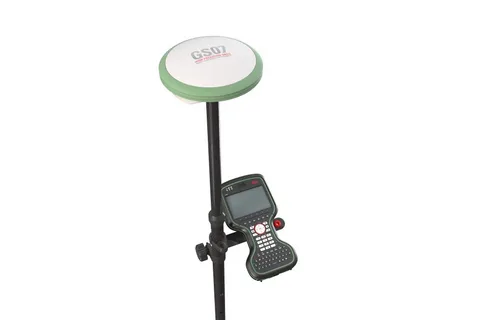When it comes to navigation and location-based services, the terms gnss and GPS are often used interchangeably. However, they are not the same. Understanding the difference between these two systems is essential, especially in fields like surveying, aviation, geolocation, and everyday smartphone usage. In this article, we’ll break down GNSS vs GPS: What’s the Difference?, their functions, and why this distinction matters.
What is GPS?
GPS, or Global Positioning System, is a satellite-based navigation system developed and maintained by the United States Department of Defense. It became fully operational in the 1990s and is the most well-known satellite navigation system globally.
GPS consists of a constellation of about 31 satellites orbiting the Earth, providing location and time information to GPS receivers anywhere on the planet, provided there is a clear line of sight to four or more satellites.
Key Features of GPS:
- Owned and operated by the U.S. government
- Provides global coverage
- Offers high accuracy in positioning
- Widely used in smartphones, vehicles, and navigation devices
What is GNSS?
GNSS, or Global Navigation Satellite System, is a broader term that encompasses all satellite-based navigation systems around the world, including GPS. Essentially, GPS is just one component of GNSS.
GNSS includes:
- GPS (United States)
- GLONASS (Russia)
- Galileo (European Union)
- BeiDou (China)
- Regional systems like QZSS (Japan) and IRNSS/NavIC (India)
GNSS-enabled devices can access signals from multiple satellite systems, not just GPS, which generally results in more accurate and reliable positioning.
Key Benefits of GNSS:
- Access to multiple satellite constellations
- Improved accuracy and redundancy
- Greater reliability in challenging environments (e.g., urban canyons or mountainous regions)
GNSS vs GPS: What’s the Difference?
At the core of the question GNSS vs GPS: What’s the Difference? lies the distinction between a single satellite system (GPS) and a network of global systems (GNSS). While GPS is one system under the GNSS umbrella, GNSS incorporates multiple systems, enhancing performance and accuracy.
Here’s a quick comparison:
| Feature | GPS | GNSS |
| Definition | U.S. satellite navigation system | Global network of satellite systems |
| Accuracy | Good | Better (due to more satellites) |
| Redundancy | Limited to GPS satellites | Access to multiple systems |
| Reliability | Dependent on GPS alone | More robust with multi-system support |
Why the Difference Matters
For general users, such as someone using a navigation app on a smartphone, the distinction may not seem important. However, in professional applications like precision agriculture, autonomous vehicles, surveying, or aviation, the ability to access multiple satellite systems makes GNSS devices far superior in terms of accuracy, reliability, and availability.
Understanding GNSS vs GPS: What’s the Difference? helps users make informed decisions when purchasing devices or developing technology that relies on location data.
Conclusion
While GPS is a vital part of our modern navigation infrastructure, it is just one piece of a much larger puzzle. GNSS represents the global ecosystem of satellite navigation, offering greater accuracy and resilience. Next time you hear the terms used interchangeably, you’ll know the key differences and why they matter.

